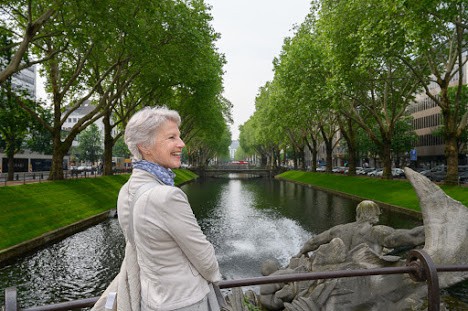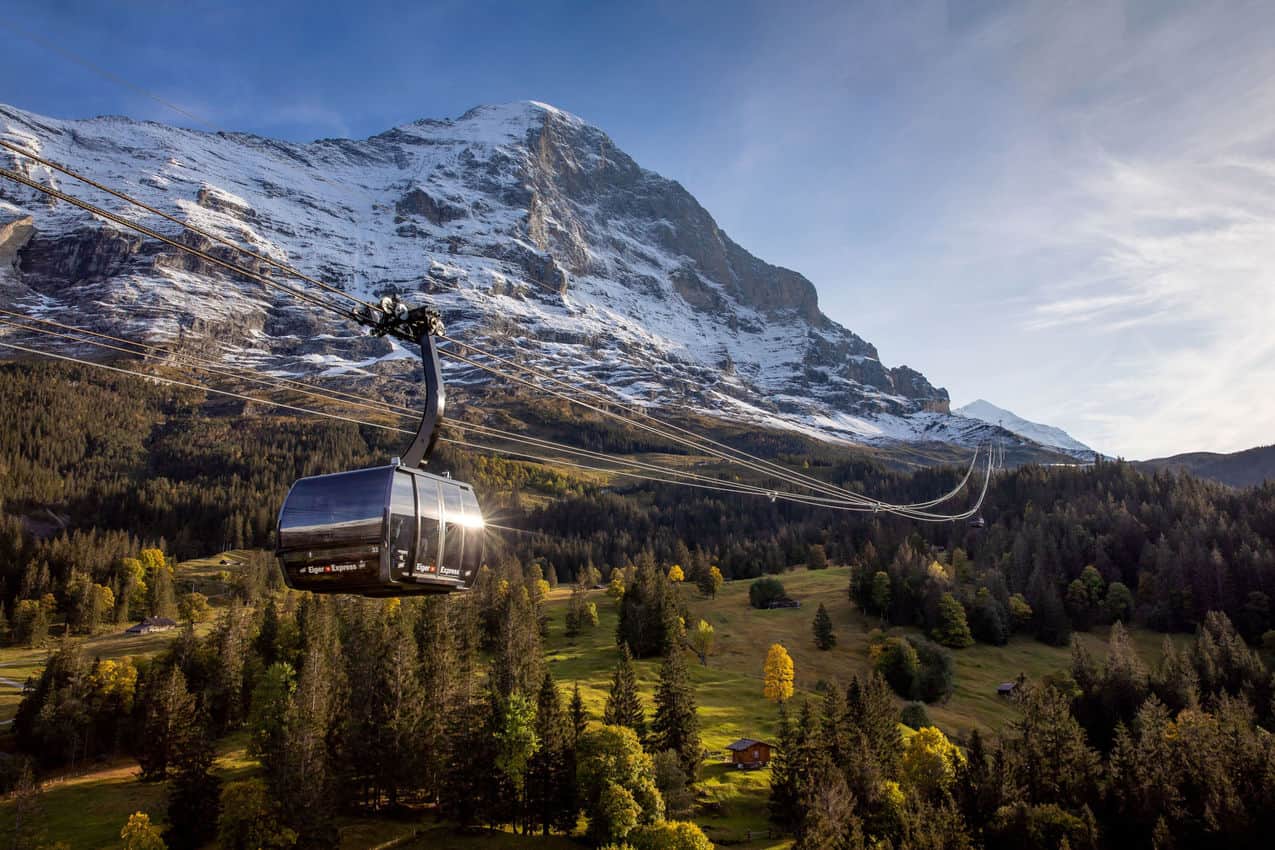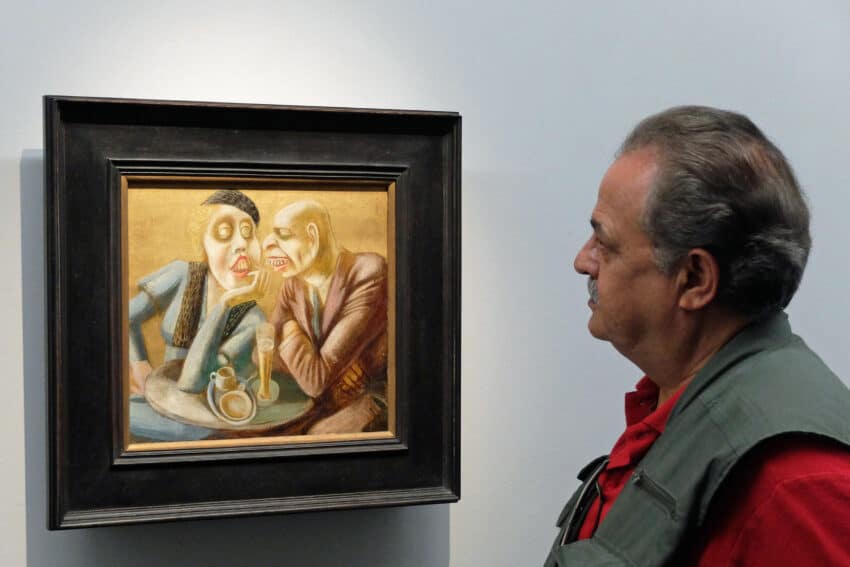
Chemnitz, Germany: “C the Unseen”
By Megan Mentuck

In Germany, the city of Chemnitz has been named the 2025 Cultural City of the Year.
The title reflects the city’s unique industrial past and present, vibrant artistic community, and the undeniable connection between the two that makes Chemnitz a cultural hotspot.
Chemnitz, the 2025 European Capital of Culture, boasts the motto “C the unseen,” which highlights the city’s intent to focus on expanding the public’s knowledge of the lesser-known city and its lesser-known places, biographies, as well as the “unseen talents in each individual.”
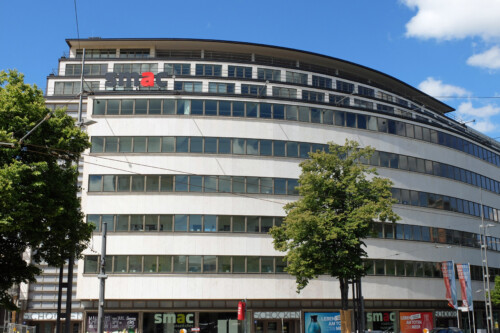
The allocation of this title to the city of Chemnitz is a source of pride for the countless people who have worked incredibly hard to make the city in Germany’s former East beautiful both inside and out.
Industrial Past & Present of Chemnitz
GoNOMAD spoke with Victoria Larson, who represents the tourism board of Saxony, formerly part of East Germany.
Saxony is one of Germany’s sixteen states and home to the city of Chemnitz
Victoria Larson said, “It’s a place where museums themselves become a destination.” Larson went on to explain that the museums are often home to cafes and book shops as well as exhibits of eye-catching art.

Even if you visited from New York or Boston for just those four museums, you would not be disappointed,” Larson said about Chemnitz’s cultural hubs. which is one of the major cities within the state.
In the 1800s, industrialization started, enabling Chemnitz to quickly become the cradle of German engineering. Chemnitz was actually Germany’s city with the highest industrial output until World War II.
An NYC Point of View about Chemnitz
Paul Clemence is an architecture writer who lives in New York City, originally from Brazil. He visited the city in 2020. His Archiphoto page on Facebook has 1.1 million followers and shares interesting architecture images from all over the world.
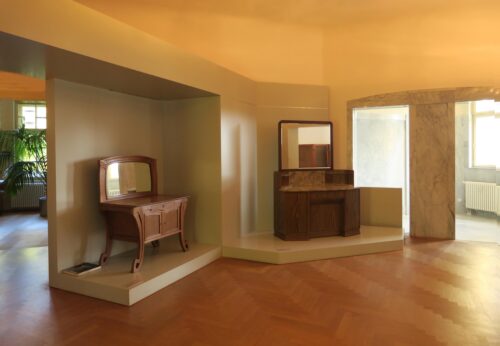
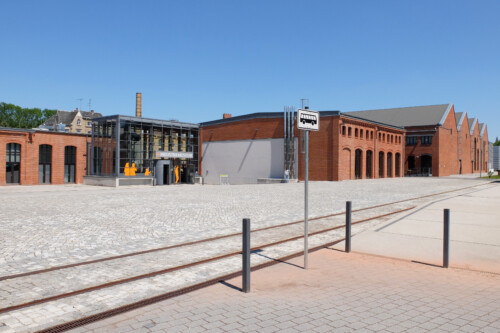
Chemnitz’ Industrial History
The impact of the country’s industrial history can still be seen in the streets, architecture, and social structures of the city modern-day.
Chemnitz’s museums, opera houses, educational institutions, and many other features all reflect the area’s unique beginnings.
The city has not grown out of its industrial past. Rather, on the contrary, Chemnitz is still very much a city with a booming industrial area.
BMW, Porsche, SAP, and a host of Germany’s top companies are here.
Many industrialists who made money from the city’s industrial economy used their funds to invest in the arts.
A Thriving Arts Community
Chemnitz is a rich city in the arts, and especially in museums. The city’s museums are one of the main attractions that drive visitors to the area.
The Gunzenhauser Museum, Chemnitz Art Collections, Chemnitz State Museum of Archaeology, and the Henry van de Velde Museum are some of the best museums that Germany has to offer and they are all located in Chemnitz.

The Gunzenhauser Museum
The Gunzenhauser Museum is an especially interesting museum in Chemnitz. It showcases a unique collection of artwork by the Munich owner, Dr. Alfred Gunzenhauser.
According to the museum’s official website, the collection includes, “more than 3,000 works by 270 artists.”
The museum showcases a collection of work by the artist Otto Dix. This impressive collection showcases 380 pieces by the artist.
The Gunzenhauser Museum is also well known for its collection of work by Expressionist artist, Alexej von Jawlensky.
The Gunzenhauser Museum showcases a lot of artwork by German artists which prompted Larson to note “It’s really nice to see this German art in Germany.”
The Gunzenhauser Museum is only one of the many museums that fascinate and inspires visitors of the city of Chemnitz.
Chemnitz Art Collections
The Chemnitz Art Collections is another museum in the city. It is best known for its large collection of Early Italian art. Beyond displaying the art of international artists, the Chemnitz Art Collections is also well known for its art done by Schmidt-Rottluff who played an influential role in the Die Brücke group of artists.
Die Brücke is one of the most well-known schools of German painting and Schmidt-Rottluff was one of the most influential in the group of expressionist artists.
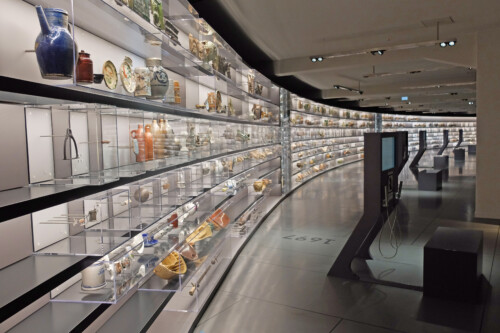
The museum holds the second-largest collection of work by Schmidt-Rottluff making it a must-visit spot for anyone interested in the early history of German expressionism.
Chemnitz State Museum of Archaeology
The Chemnitz State Museum of Archaeology, more commonly known by its acronym SMAC (Staatliches Museum für Archäologie Chemnitz) features 300,000 years of human history.
Part of what makes this museum so unique is its building. The building, formerly known as the Schocken Department Store, was originally designed by the famous German architect Erich Mendelsohn.
The building itself has a 71-year-history as a department store before being repurposed as the Chemnitz State Museum of Archaeology.
Henry van de Velde Museum at Villa Esche
The Henry van de Velde Museum gets its name from the Belgian artist (Henry van de Velde) who designed the museum for entrepreneur Herbert Eugen Escht, a textile manufacturer who grew up in Chemnitz.
Although Belgian, Henry van de Velde spent the majority of his time in Germany creating art that revolutionized twentieth-century design and modernism.

From the pre-Bauhaus era, Henry van de Velde introduced ideas that influenced art and is even considered one of the founders of Art Nouveau.
The museum is actually located inside the larger Villa Esche which comprises the whole building.
The architectural design of the Villa Esche itself is an ode to Art Nouveau and modernism.
According to the museum’s official website, inside, visitors can view the former dining room and music salon with “largely original furnishings of the Esche family” and on the upper level, “a permanent exhibition of outstanding works by Henry van de Velde.”
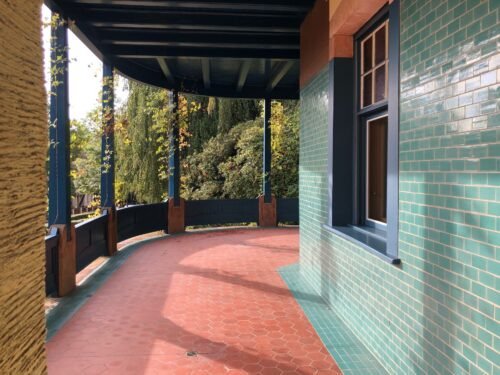
Beyond being home to beautiful museums showcasing revolutionary art, Chemnitz offers other unique cultural experiences that bolster its title of the 2025 Cultural City of the Year.
Chemnitz’s Microprojects
In the spirit of the motto, “C the unseen,” the city is offering funding to its citizens interested in contributing creative projects to showcase to visitors.
One project was during the pandemic, a local man created a mobile bicycle cinema in an old diamond factory!
Another small grant created A “play street” that was created between the home sign and the Zöllnerplatz in order to provide a better quality of stay for young and old and at the same time to slow down car traffic there.
Citizens can submit applications for funding for their projects which “should make a contribution to the cultural diversity of the city of Chemnitz and promote mutual understanding.”
So far, the city of Chemnitz has been able to fund 60 microprojects and they hope to fund many more!
Plan Your Visit to Chemnitz
While you’re visiting, you can enjoy your stay in the centrally-located hotel, the Chemnitzer Hof, which boasts elements of Bauhaus and modernism in its design and architecture.
Also, don’t forget to grab a bite to eat at the magnificent Villa Esche cafe which is located in the Villa Esche and near the Henry van de Velde Museum.
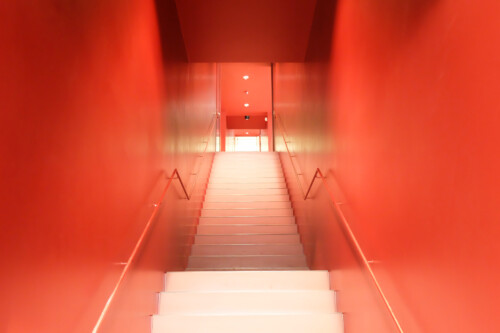
If you’re a film enthusiast or plan on bringing kids, you may also want to check out the “SCHLiNGEL International Film Festival” a film festival aimed at kids!
Visiting Chemnitz offers an opportunity to immerse yourself in the city’s rich culture.
With so many breathtaking museums, beautiful historical architecture, and an atmosphere of embracing the “unseen,” there are countless opportunities for adventure.
And walking through the Villa Esche is mind-bending, a visual treat.
- Airport Expansion: Hong Kong Set to Spend $18 Billion - June 26, 2023
- Visit the Stunning City of Berlin This Year - January 3, 2022
- Brattleboro Vermont: Arts Oasis - July 15, 2021


